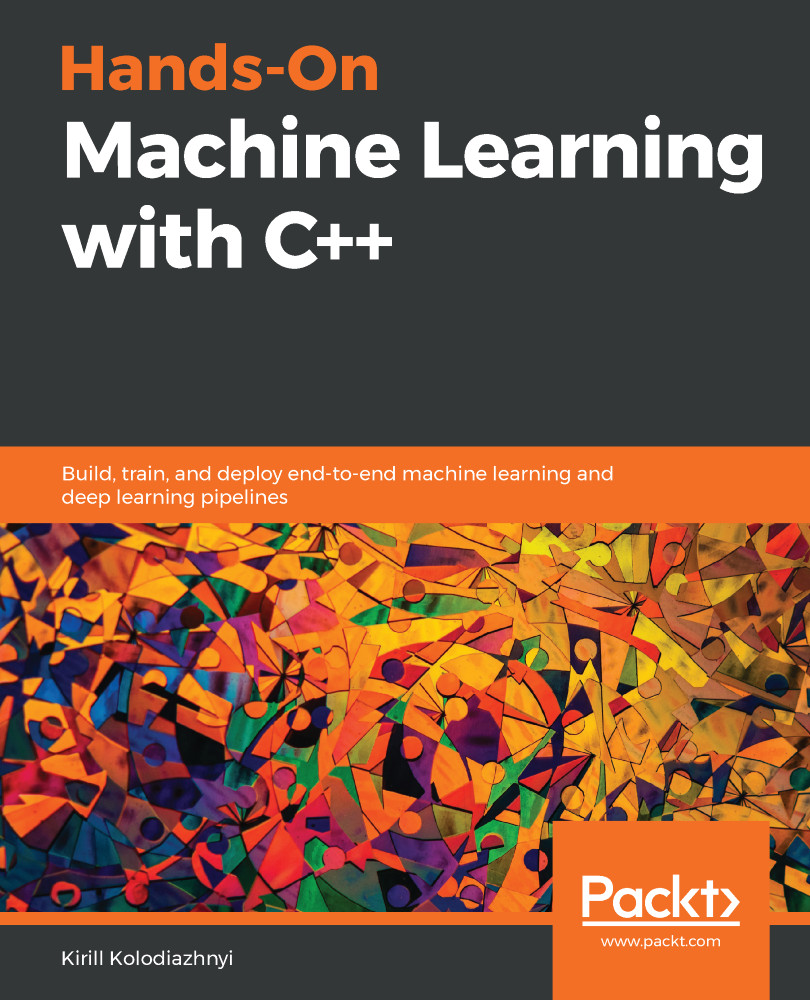In this chapter, we learned that dimensionality reduction is the process of transferring data that has a higher dimension into a new representation of data with a lower dimension. It is used to reduce the number of correlated features in a dataset and extract the most informative features. Such a transformation can help increase the performance of other algorithms, reduce computational complexity, and make human-readable visualizations.
We learned that there are two different approaches to solve this task. One is feature selection, which doesn't create new features, while the second one is dimensionality reduction algorithms, which make new feature sets. We also learned that dimensionality reduction algorithms are linear and non-linear and that we should select either type, depending on our data. We saw that there are a lot of different algorithms with different properties...












































































